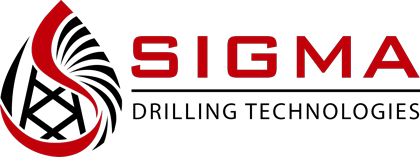A year ago, as President Trump broached the subject of opening the waters of the Arctic to exploration, many wondered what the point was of investing in risky new fields at a time when the price of oil was at an all-time low. Why would drillers want to invest when they were making so little?
Yet, today, the Brent crude international benchmark is over $70 a barrel for the first time in three years, and market sentiments are the best that they have been in this period. Investment in new offshore fields is up 140%, and there is considerable excitement around betting big on new offshore oil again.
Picking up the pieces and looking to the future
Businesses that specialize in offshore drilling were one of the worst-hit during the downturn. Rental quotes dropped 75%, and large, sophisticated computer-controlled vessels that were designed to be taken off work for no more than a few days at a time were parked indefinitely. Their operators could no longer keep them in full maintenance with operational crews on board, and with the engines running. They opted to save the $40,000 a day that it cost to maintain them in this way, and simply turned them off.
For the first time in a while, however, there are improvements to the market. While demand for offshore drilling has dropped again this year, the slide hasn’t been as steep as before. Shares in offshore drilling companies like Transocean have risen 2.6%, and rental requests on these vessels are improving. Final investment decisions are expected to be around 25 in 2018, up from 22 in 2016.
Improved efficiency is the name of the game
With the market poised to start on the comeback trail, operators are looking closely at cutting costs. According to Sigma Drilling Technologies, designers of high-tech pulsation control equipment and other pulsation solutions, they plan to do this not through cutting back on maintenance and investments in efficiency, but through boosting spending in these areas.
They need to do this, as well — dozens of government inspectors from the Bureau of Safety and Environmental Enforcement visit offshore platforms on a regular basis these days, making sure that operations are safe and reliable. With added investment in these areas, however, drillers are well-prepared.




